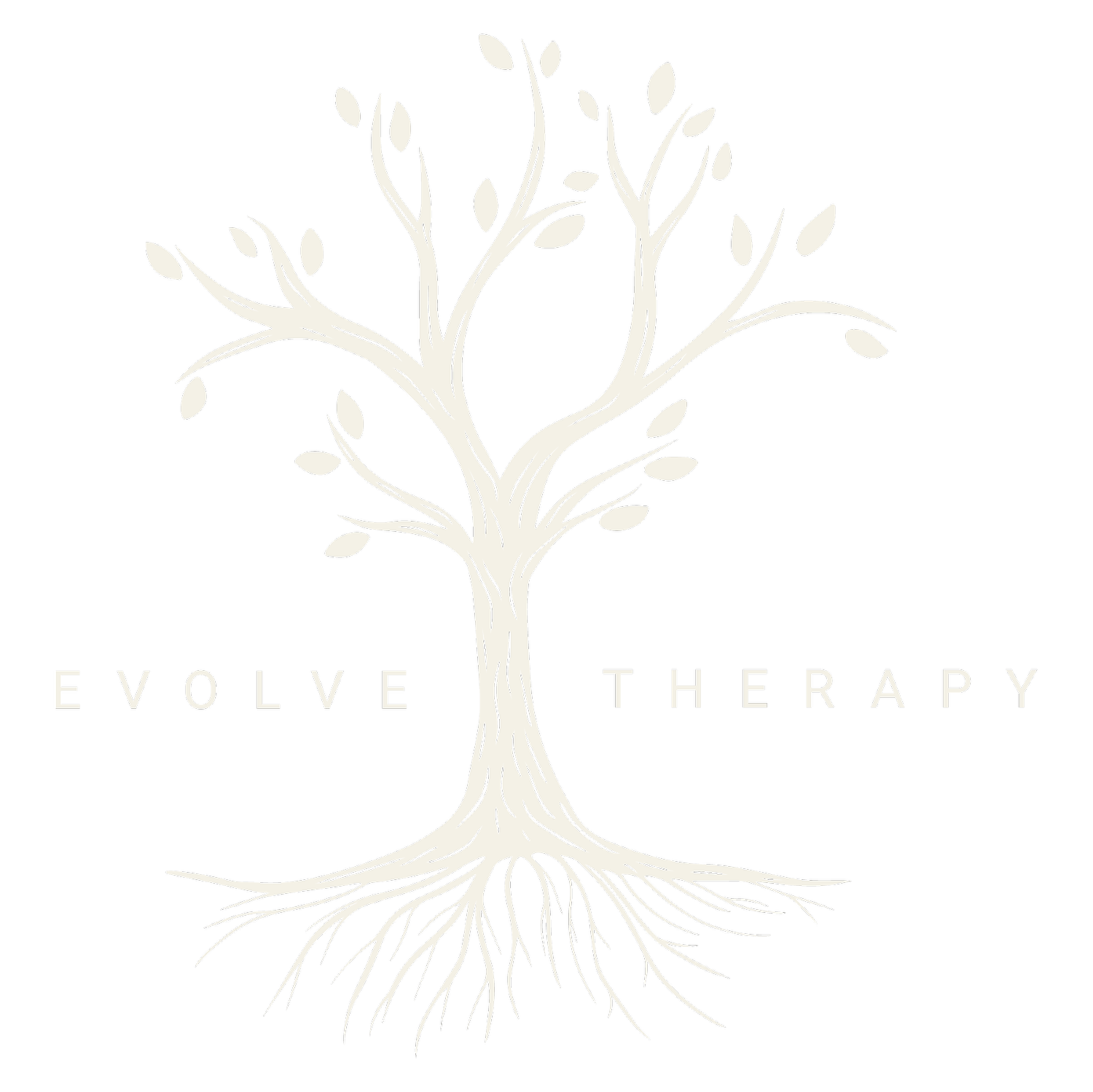Why Talk Therapy Isn’t Working: A New Way to Heal Trauma and Anxiety
If you’ve ever found yourself sitting in a therapy session thinking, "I’ve said all of this before. Why am I still stuck?"—you’re not alone.
Many of the individuals I work with are smart, self-aware, and deeply committed to growth. They’ve journaled, listened to podcasts, done years of talk therapy—and yet, their anxiety, chronic pain, or emotional patterns just keep looping.
There’s a reason for that. And it’s not because you’re doing therapy “wrong.”
The Limits of Talk Therapy
Traditional talk therapy can be incredibly helpful—especially for building insight, exploring relationships, and learning tools for everyday coping. But when the root of your pain is stored deep in the body and brain stem, words alone can only go so far.
This is especially true if you’ve experienced:
Childhood emotional neglect, enmeshment, or abandonment (emotional or physical)
High-functioning anxiety that masks as perfectionism
A history of people-pleasing, self-blame, or feeling “too much”
Chronic pain or stress symptoms with no clear medical explanation
These aren’t just mindset issues. They’re nervous system patterns are formed in response to early attachment wounds, and they live beneath your language.
A Different Way to Heal: Deep Brain Reorienting (DBR)
Deep Brain Reorienting (DBR) is a newer therapy approach designed to reach the root. It works beneath the story—starting with the body’s initial orienting response before a traumatic or attachment-related experience even fully unfolds.
That moment—before thought, before meaning—is where the deepest shifts happen.
In sessions, we slow down the process and track physical sensations, gently allowing you to access and release stored tension, shock, and affect (emotion) that never had space to move. DBR is gentle, yet profound, and it supports long-term resolution—not just temporary relief.
Why This Might Be the Missing Piece
If you’ve tried:
CBT, mindfulness, or talk therapy without lasting relief
EMDR or somatic work but still feel stuck
Every wellness tool you can find, but nothing quite shifts...
DBR may offer a more direct, neurobiologically attuned path forward.
My clients often say:
"I finally felt something shift in my body—I didn’t know that was possible."
"I didn’t have to relive the trauma, but I felt like it moved through me."
"It felt so gentle, but afterward I felt clearer, lighter."
"I didn’t know healing could feel this safe."
That’s the power of going beneath the surface. You don’t need more coping strategies. You need a space where your system feels safe enough to release the survival responses it's been holding for years.
What If You Could Feel Better—Faster?
That’s where therapy intensives come in.
Rather than spreading therapy out over months of weekly 50-minute sessions, intensives allow us to drop in, stay longer, and process more deeply—without the pressure of rushing to wrap up in under an hour.
Intensives are especially helpful for people who:
Are navigating burnout or big life transitions
Feel stuck despite “doing all the right things”
Want focused support to shift long-standing patterns
Are craving real movement, not just insight
Ready to Try a New Way of Healing?
If you’re ready to explore DBR therapy or want to learn more about my therapy intensives, I’d love to connect. This work isn’t about fixing you—it’s about helping your system finally feel safe enough to let go.
You deserve healing that goes deeper—and lasts.
Looking for a therapist in Phoenix, Arizona who specializes Deep Brain Reorienting (DBR) for healing trauma & anxiety?
(Arizona residents only)
About the author
Beth Freese, LPC, is a trauma and anxiety therapist specializing in EMDR and Deep Brain Reorienting (DBR). She offers virtual therapy and in-person intensives in Arizona and Connecticut, helping clients move beyond overwhelm and reconnect with themselves.




